Researchers have presented new evidence of two gases closely associated with life on Earth in the atmosphere of Venus.
Astronomers showed new data regarding possible signs of life on Venus at a national astronomy conference in the UK. One research group announced a preliminary discovery of ammonia in the planet's atmosphere. On Earth, it is predominantly produced by biological activity, particularly microorganisms.
Meanwhile, another group of scientists provided new evidence of the presence of phosphine Phosphine (PH₃) is a gas consisting of one phosphorus atom and three hydrogen atoms. It is also often linked to biological processes on Earth, such as the decomposition of organic matter. in the clouds of Venus, supporting previous reports from 2020. Both gases—ammonia and phosphine—are often associated with biological processes on our planet, making them potential biomarkers
Phosphine (PH₃) is a gas consisting of one phosphorus atom and three hydrogen atoms. It is also often linked to biological processes on Earth, such as the decomposition of organic matter. in the clouds of Venus, supporting previous reports from 2020. Both gases—ammonia and phosphine—are often associated with biological processes on our planet, making them potential biomarkers Biomarkers are substances whose presence indicates the existence of life. on Venus.
Biomarkers are substances whose presence indicates the existence of life. on Venus.
Although these findings do not serve as conclusive evidence of life on Venus, they present intriguing new data in our quest to identify signs of current or ancient life in space.
Dave Clements, an astrophysicist from Imperial College London, speculates about the possibility of life evolving on Venus: “If Venus once underwent a warm, wet phase, then with the onset of global warming, life could have evolved to survive in the only remaining niche—the clouds.”
Despite the extreme conditions on the surface of Venus, the clouds at an altitude of about 48 kilometers have significantly milder temperatures and pressure levels, similar to conditions on Earth. This makes them a potential environment for the existence of microorganisms.
The discovery of phosphine on Venus in 2020 sparked lively debates in the scientific community. Jane Greaves from Cardiff University and her team continued their research using the James Clerk Maxwell Telescope in Hawaii.
“Our findings suggest that when the atmosphere is exposed to sunlight, phosphine breaks down,” Greaves stated at the conference. “All we can say is that there is phosphine there. We do not know what produces it. It could be a chemistry we do not understand. Or, perhaps, it’s life.”
For definitive answers, scientists are pinning their hopes on future missions. The European Space Agency (ESA) approved the Envision mission, which will study both the inner and outer atmosphere of Venus.
Recently, the U.S. Space Agency took the first step in combining hip-hop and interplanetary travel. NASA’s Deep Space Network transmitted the lyrics of Missy Elliott’s song “The Rain (Supa Dupa Fly)” to Venus.
Source: Futurism






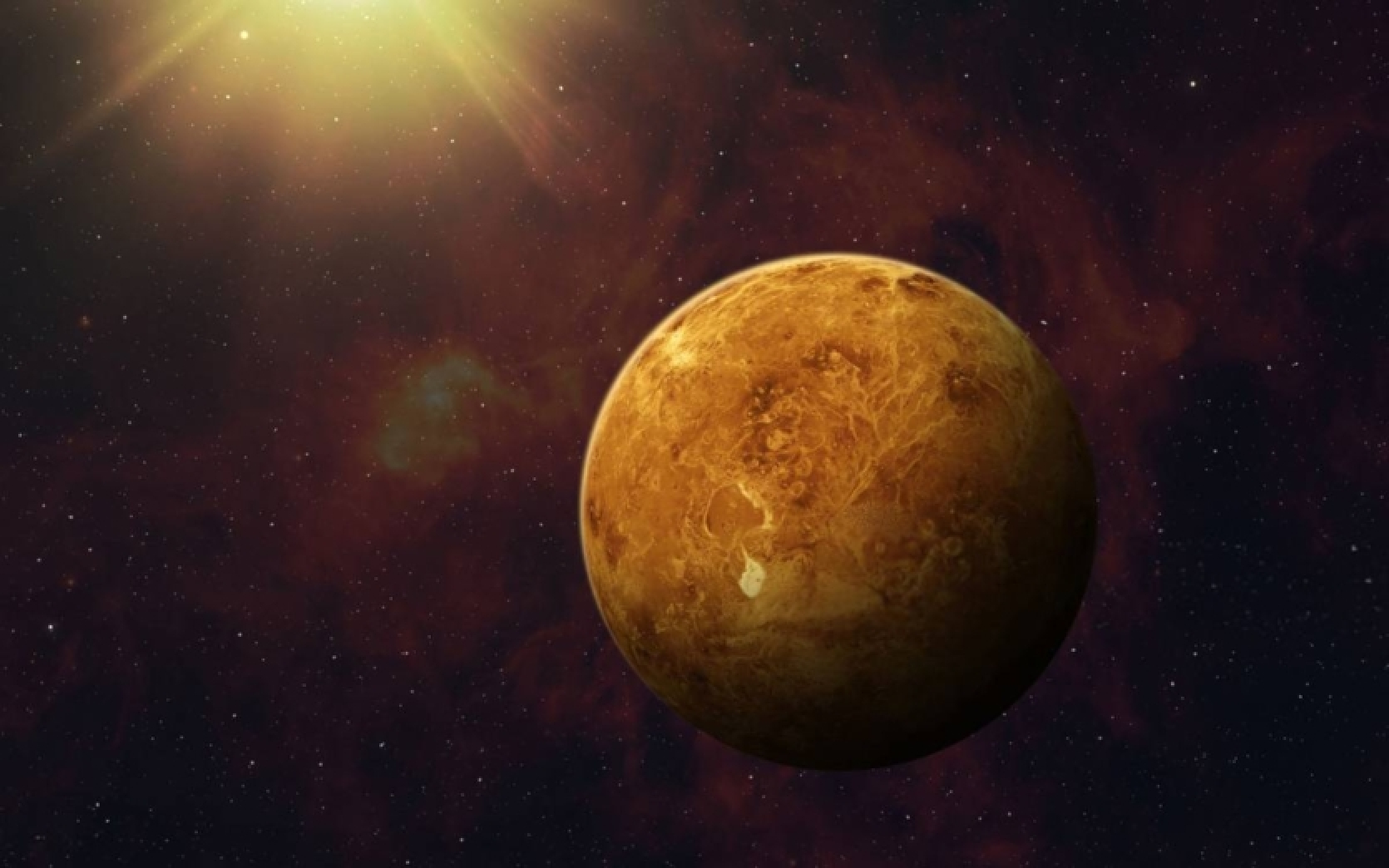


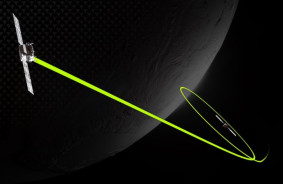

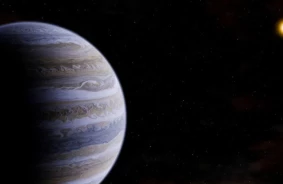
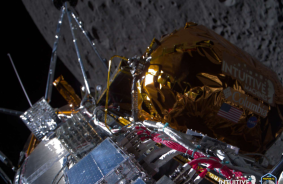
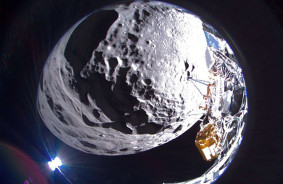
Comments (0)
There are no comments for now